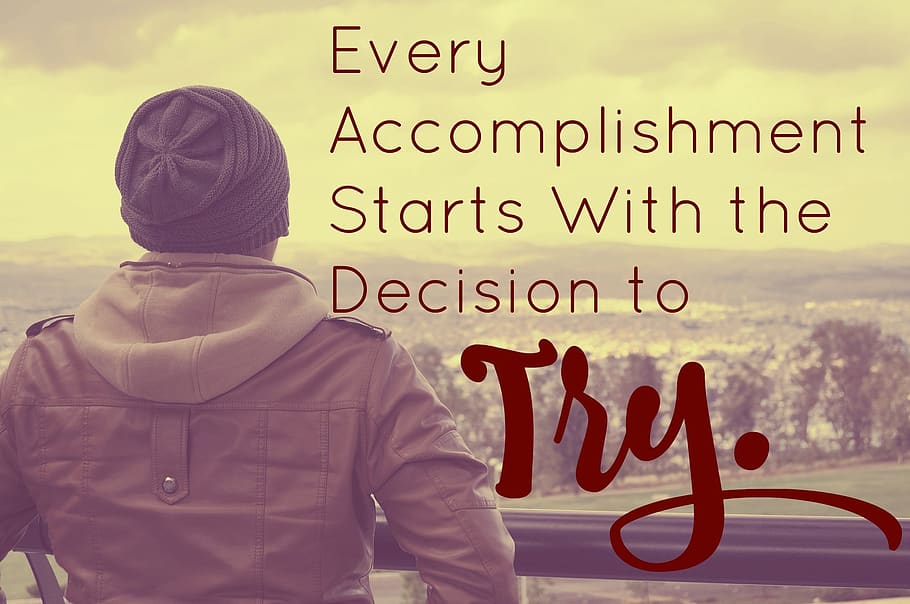In today's fast-paced world, it's easy to feel overwhelmed and stressed out. Incorporating mindfulness into your daily routine can help reduce stress and anxiety and improve your mental health and overall well-being. In this blog post, we'll explore the power of mindfulness and provide actionable tips for making it a part of your daily routine.
We'll cover the basics of mindfulness, including what it is, how it works, and its benefits. We'll also offer practical tips for starting a mindfulness practice, such as setting aside time for mindfulness and incorporating it into everyday activities. Additionally, we'll discuss common obstacles to mindfulness and how to overcome them.
If you're new to mindfulness or
looking to deepen your practice, this post will provide you with the tools and
knowledge you need to get started. So, join us as we explore the power of
mindfulness and learn how to incorporate it into your daily routine for a more
peaceful and fulfilling life.
What is Mindfulness?
Firstly, let's define
mindfulness. At its core, mindfulness is the practice of being present in the
moment, without judgment. It involves paying attention to your thoughts,
feelings, and bodily sensations, without getting caught up in them. Instead,
you observe them with a sense of curiosity and openness.
How does Mindfulness work?
What are the benefits of Mindfulness?
Now that we understand what
mindfulness is and how it works, let's explore its benefits. Research has shown
that mindfulness can have a wide range of positive effects on mental and
physical health. These include reducing stress, anxiety, and depression,
improving sleep, increasing self-awareness and emotional regulation, and even
improving relationships.
Tips for incorporating Mindfulness in daily routine.
So, how can we incorporate
mindfulness into our daily routine? One of the simplest ways is to set aside
dedicated time for mindfulness practice each day. This can be as little as five
minutes or as long as an hour, depending on your schedule and preferences. Find
a quiet space where you can sit comfortably and focus your attention on your
breath or another anchor, such as a sound or sensation.
In addition to dedicated mindfulness practice, it's important to incorporate mindfulness into everyday activities.
- Start your day with intention: Begin each day by
setting an intention for how you want to show up in the world. Take a few
moments to breathe deeply and visualize how you want to feel and act
throughout the day.
- Take mindful breaks: Throughout the day, take a few
moments to pause and breathe deeply. This can be especially helpful during
stressful moments or when you're feeling overwhelmed.
- Practice mindful eating: When you eat, take time to
savor each bite and notice the flavors, textures, and smells of your food.
Pay attention to your hunger and fullness cues, and eat without
distractions.
- Connect with nature: Spending time in nature can be
a great way to practice mindfulness. Take a walk outside and notice the
sights, sounds, and smells around you.
- Practice mindful listening: When you're having a
conversation, give the other person your full attention. Listen deeply
without interrupting or thinking about what you'll say next.
- Take a digital detox: Set aside time each day to
disconnect from technology and focus on the present moment. This could be
as simple as turning off your phone for an hour before bed.
- Use mindfulness apps: There are many apps available
that can help you practice mindfulness. Try a guided meditation or
breathing exercise to help you stay present and focused.
- Practice gratitude: Take time each day to reflect
on what you're grateful for. This can be a powerful way to cultivate a
sense of contentment and happiness.
- Notice your thoughts: Throughout the day, pay
attention to your thoughts without judgment. Notice when your mind is
wandering and gently bring your attention back to the present moment.
- Cultivate compassion: Practice self-compassion and
kindness towards others. Notice when you're being self-critical and try to
replace negative thoughts with more positive ones.
Obstacles for practicing Mindfulness.
Despite the many benefits of
mindfulness, there can be obstacles that prevent us from fully embracing the
practice. One common obstacle is a lack of time. However, as we mentioned
earlier, even just a few minutes of mindfulness practice each day can make a
big difference. Another obstacle is a wandering mind. When we first start
practicing mindfulness, it's common for our minds to wander. However, with
patience and practice, we can learn to bring our attention back to the present
moment without judgment.
Finally, it's worth noting that mindfulness is not a one-size-fits-all practice. What works for one person may not work for another. Therefore, it's important to experiment and find what works best for you. Whether it's practicing mindfulness while walking in nature, or simply taking a few deep breaths before a meeting, find the practices that resonate with you and make them a part of your daily routine.






Learning to be conscious of the present moment and taking care of what is happening inside...Nice write up
ReplyDelete